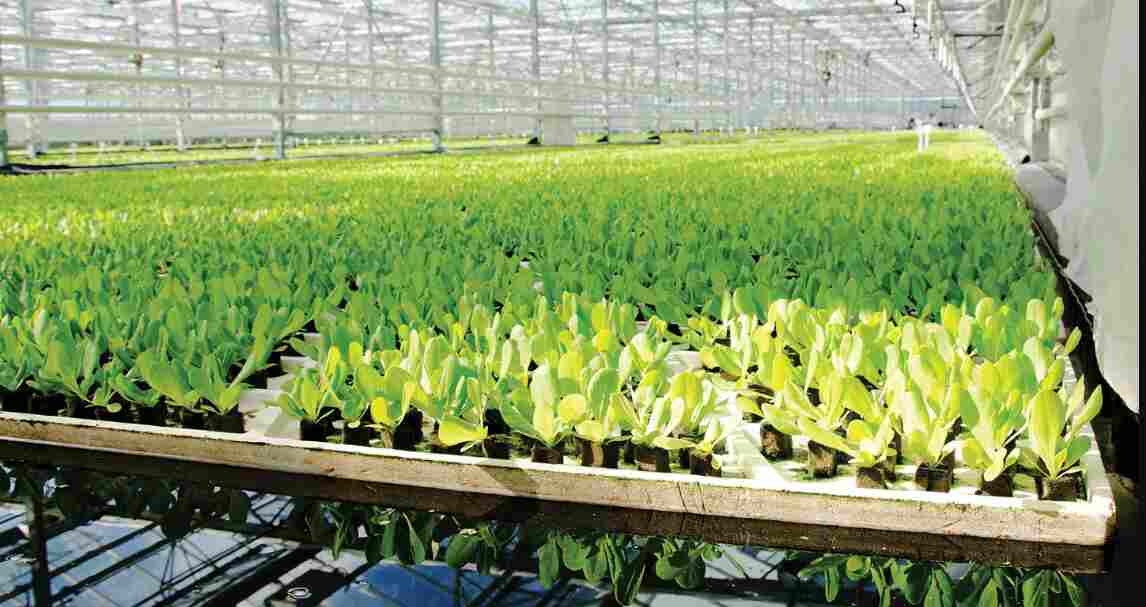
Cold plasma could transform the sustainable farms of the future
Most days, Polytechnique Montréal physicist Stephan Reuter uses his knowledge of matter and energy to advance medical technologies. But recently, he was thinking about how a shower of charged particles may affect lettuce while standing in a sea of green.
He was asked to assist the producers in reevaluating the energy of agriculture at one of Quebec’s biggest commercial greenhouses. Thousands upon thousands of lettuce plants floated on polystyrene mats within the glass-enclosed facility, which covered an area larger than four soccer fields. The plants were grown hydroponically, or without soil, using this method. The produce was almost ready to be harvested, packed, and sent. Reuter’s job was to apply physics to assist Mirabel-based Hydroserre Inc. in lowering its carbon footprint.
In light of this, the business is looking for novel approaches to combat infections and provide fertilizer to the developing plants. Ammonia, which is created by the Haber-Bosch process from nitrogen (which is essential for plant growth) and hydrogen, is a common ingredient in fertilizers. Because of this procedure, fertilizer could now be produced in large quantities, which completely changed agriculture in the early 20th century. Still, hundreds of millions of metric tons of carbon dioxide are produced year from the process.
Reuter states, “Ideally, we want a fertilizer that is renewable.” Moreover, it should be produced on the farm, eliminating the need for transportation, another carbon emitter, to make it genuinely green. Reuter and an increasing number of physicists, engineers, and chemists believe they can figure out how to make that happen. The goal of these studies is to create fully sustainable farms in the future, where energy from solar or wind power may be used to create effective fertilizer locally. By utilizing plasma, they intend to make this vision a reality.
